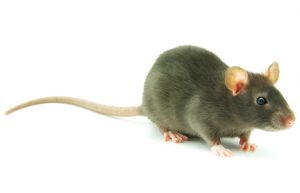Mice and other rodents can cause more than just a headache for home and business owners. They carry disease, can worsen asthma symptoms and can cause serious structural damage by chewing through insulation, wallboards, wood and electrical wiring.
Keeping Rodents Out
It’s easier to prevent a rodent infestation than to get rid of them once they’ve made themselves at home. Mice can squeeze through an opening as small as a dime, and rats through an opening the size of a quarter.
Along with the National Pest Management Association, we recommend taking these steps:
- Seal cracks and holes on the outside of the home, including areas where utilities and pipes enter, using caulk, steel wool or a combination of both.
- Replace loose mortar and weather stripping around the basement foundation and windows.
- Screen vents and openings to chimneys—squirrels also sometimes get into homes through open chimneys.
- Store food in airtight containers and dispose of garbage regularly.
- Inspect items such as boxes and other packages for possible stowaways before bringing them in.
Signs Rodents Have Arrived
Signs you already have rodents include finding feces, which can look like tiny black seeds; the sounds of scurrying in walls or cupboards; and linens or packaging that has been chewed or shredded.
If you see any of these signs, it’s time to contact us. A female mouse can have up to 12 babies every three weeks, so a small problem can quickly become a large one.

